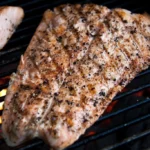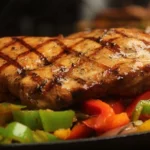Introduction
The age-old debate between lump charcoal and briquettes has stumped many barbecue enthusiasts, with each side swearing by their preferred fuel type. With the grilling season upon us, it’s the perfect time to explore the differences between these two forms of charcoal, to help you make an informed decision for your next cookout.
In this article, we will delve into the key differences between lump charcoal and briquettes, including their production, composition, burn characteristics, and flavor impact so that you can choose the right fuel for your next BBQ.
Production and Composition
Lump Charcoal:
Lump charcoal, the more traditional form of charcoal, is made by burning wood in oxygen’s absence, a process called pyrolysis. The result is an almost pure carbon product that retains the shape of the original wood. Lump charcoal is known for its natural, chemical-free composition, which consists of hardwoods like oak, hickory, and maple.
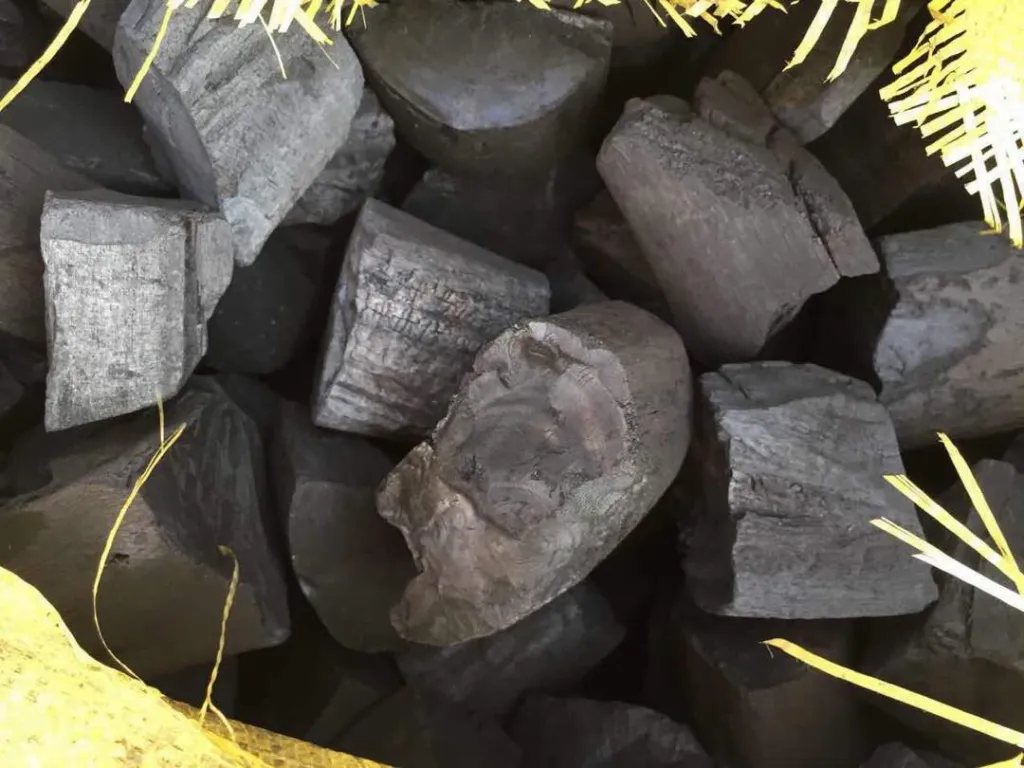
Briquettes:
Briquettes, on the other hand, are a more recent innovation. They are made by compressing sawdust and wood scraps into uniform shapes, usually with the aid of a binding agent, such as cornstarch. In addition to wood, briquettes may contain additives like coal, limestone, borax, and sodium nitrate to improve ignition, burn consistency, and ash production. This makes them a more engineered and less natural product than lump charcoal.
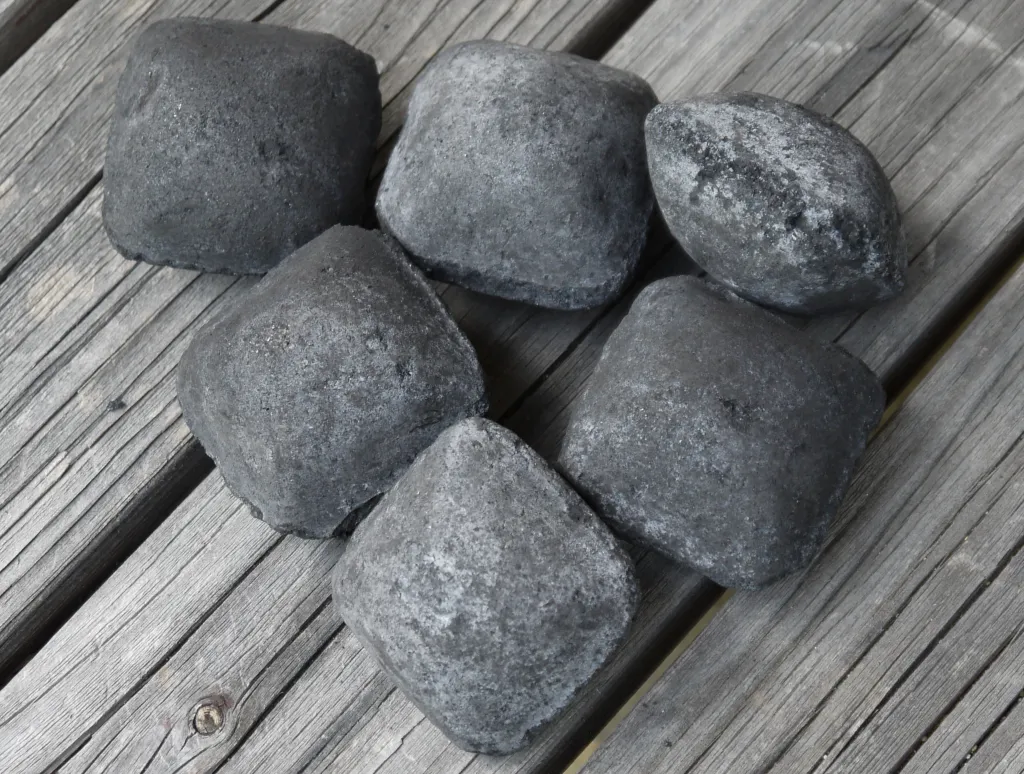
Burn Characteristics
Lump Charcoal:
Lump charcoal burns hotter and faster than briquettes, reaching temperatures of up to 1,400°F (760°C). However, the irregular shapes and sizes of the lumps can result in uneven heat distribution, which may require more frequent adjustments during grilling. Lump charcoal also produces less ash, which means easier cleanup.

Briquettes:
Due to their uniform size and composition, briquettes provide a more consistent and longer-lasting burn. They typically burn at a lower temperature than lump charcoal, around 800°F to 1,000°F (430°C to 540°C). This makes them ideal for slow and low-temperature cooking. However, briquettes produce more ash, which can accumulate and potentially smother the fire.
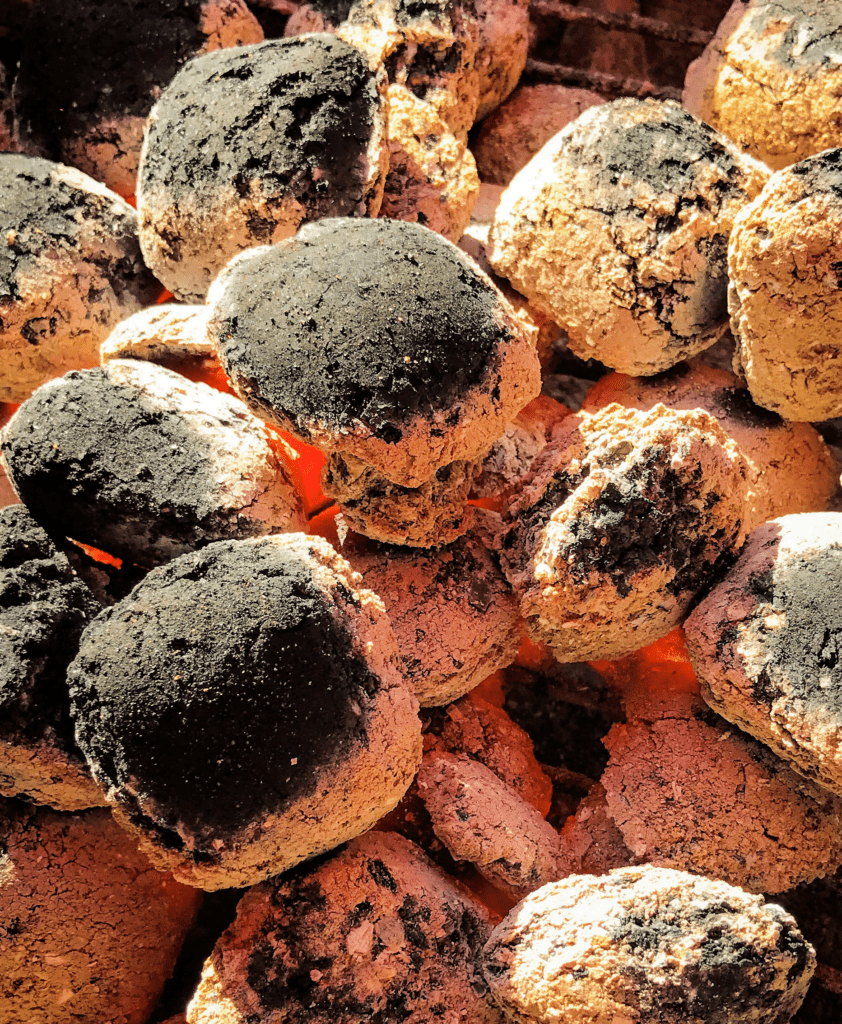
Impact on Flavor
Lump Charcoal:
Lump charcoal’s pure, natural composition imparts a subtle, smoky flavor to your grilled foods. Since it is made from various hardwoods, the flavor profile can vary depending on the wood used. For instance, hickory can add a strong, bacon-like flavor, while oak lends a milder, earthy taste. This makes lump charcoal an excellent choice for those who appreciate the complex wood-fired flavors in their grilled dishes.
Briquettes:
The additives in briquettes can affect the flavor of your grilled food. While some may find the taste difference negligible, others might notice a slight chemical or off-flavor, particularly when using briquettes with a high percentage of additives. However, briquettes made from 100% hardwood without chemical additives can provide a similar flavor experience to lump charcoal.
In the end,
The choice between lump charcoal and briquettes boils down to personal preferences and the specific requirements of your grilling situation. Lump charcoal may be the right choice for you if you value a hotter, faster, and more natural burn with a nuanced, smoky flavor. Conversely, briquettes might be a better fit if you prefer a consistent, long-lasting burn that’s ideal for slow and low-temperature cooking.





